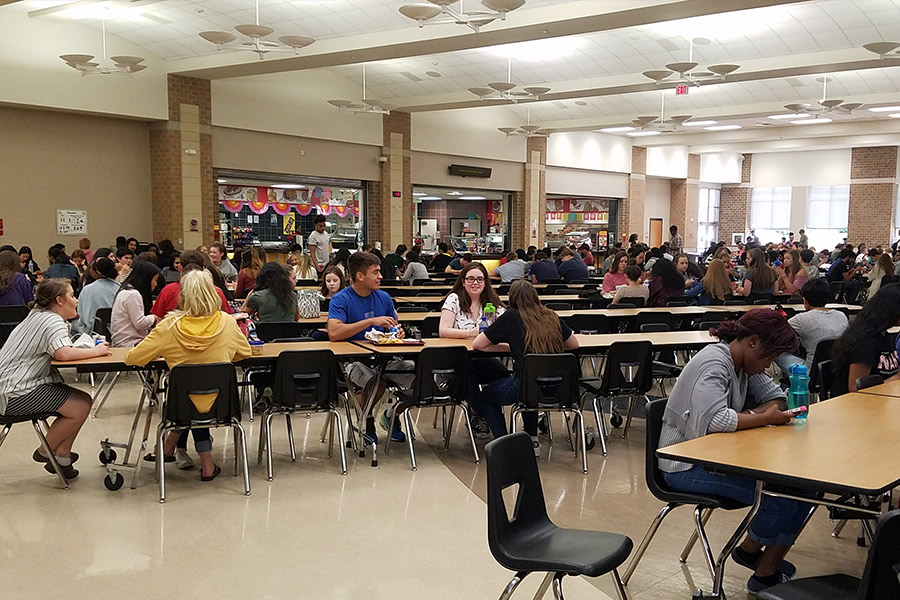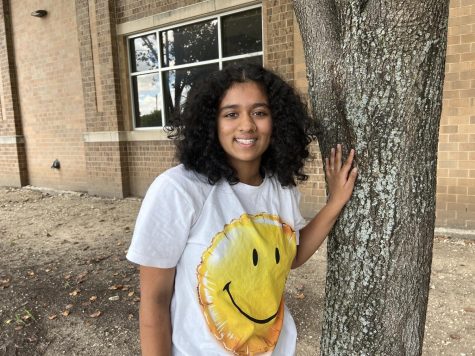The lunchroom experience: assimilating into American culture
Senior Aarya Oswal talks about her experience as an American born Indian. Oswal opens up about her journey to embrace her culture.
October 27, 2022
America is most commonly known as a “melting pot of cultures” encompassing different religions, lifestyles, and beliefs which is what makes it unique. However, when all these cultures begin to merge together so finely, it becomes easier and easier to lose the defining qualities that make each culture special to the people within it. As each generation arises, more and more of our ethnic culture starts to fade away and we begin to westernize elements of ourselves, assimilating ourselves into American culture, and forgetting our true roots.
Being born in America it’s harder for me to truly connect to my Indian roots, take for example, language. I’ve been lucky enough that my parents taught me Hindi from a young age. Unfortunately, this isn’t the case for many Indian families as many parents can’t or don’t teach them their native language at home, causing an even further divide between the child and their culture.
Language is just the start of this division, as once you grow up, trouble fitting in seems to be what instills a sort of “embarrassment” for your culture and this leads to an internalized bias. Especially at school, as a kid, you want to try your best to fit in with everyone else, and anything that sticks out will make you seem weird and strange.
Specifically, a lot of the change in our later years is caused by an unknowingly toxic environment a school can place on us. I grew up in a small town in Indiana, so the Indian demographic for students was quite low. My mom used to send Indian food for lunch, and honestly, I loved it at first. But once I hit 3rd and 4th grade, my lunches began to stick out negatively to the other kids, and it’d smell weird or look foreign to them. Soon enough I hated bringing Indian food to lunch and only looking back now, I realize how sad it was for me to be embarrassed of a key part of my culture, Indian food.
This lunchroom experience is the norm for many people of color when growing up and in the process of trying to fit in with our environment, we end up pushing away exactly what makes up what we are. This makes it crucial for us to surround ourselves with an environment that can help us grow and appreciate our ethnic roots and diverse culture.
For example, the cultural shift that I was met with when I moved from a small and predominantly white town in Indiana to Frisco, a city with a large Indian population, was massive. In Indiana, the lack of an Indian population made it harder for me to appreciate my roots, but once I got to Texas, the larger population made me realize how special my Indian culture was because I finally could relate and share it with other people. When I enrolled in school in Texas, the vast population of Indian kids made it easier for me to become comfortable and secure in my cultural skin and enjoy and appreciate it.
It’s very important to not only surround ourselves with people that share our culture, but to make a conscious effort within ourselves to cherish each and every aspect of our traditions, customs, and heritage. Once you can feel homely with your relationship with the people around you and your culture, then only can you find the true meaning of finally “fitting in”.







